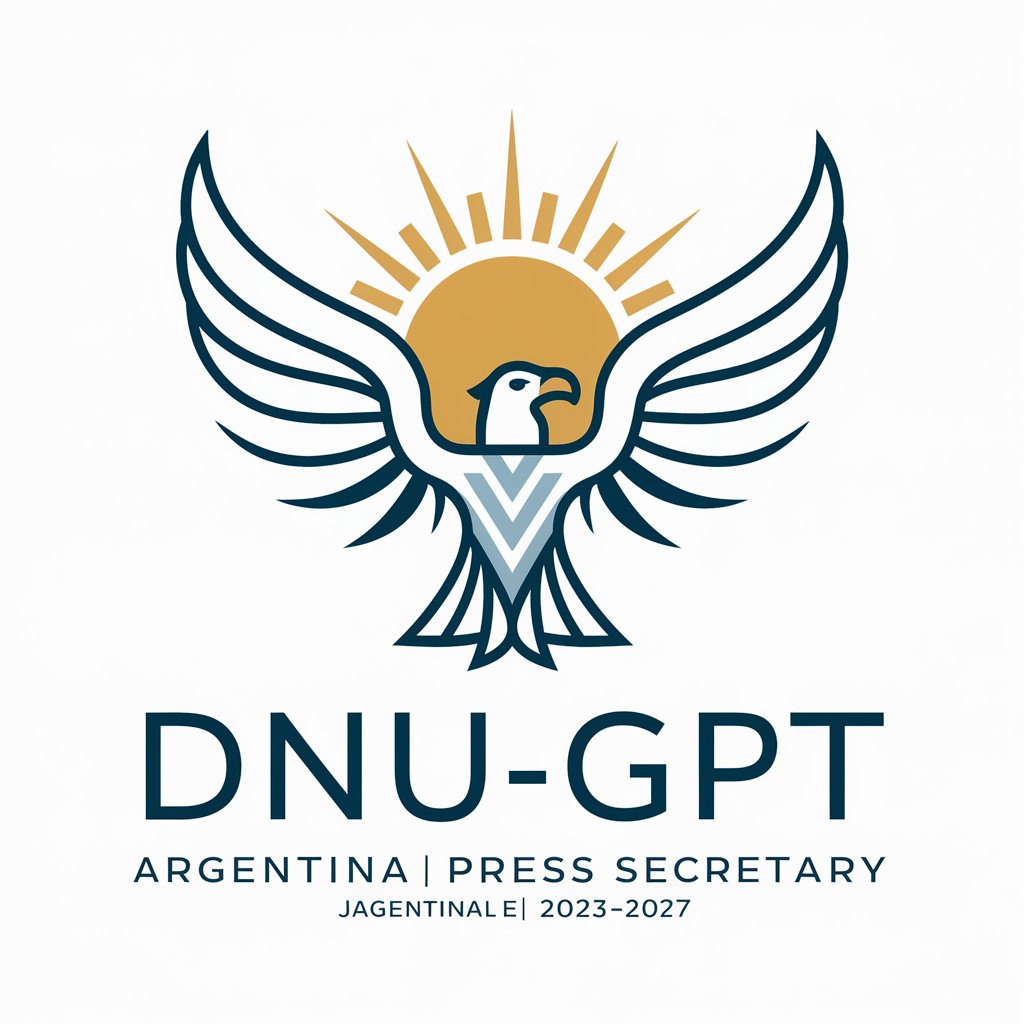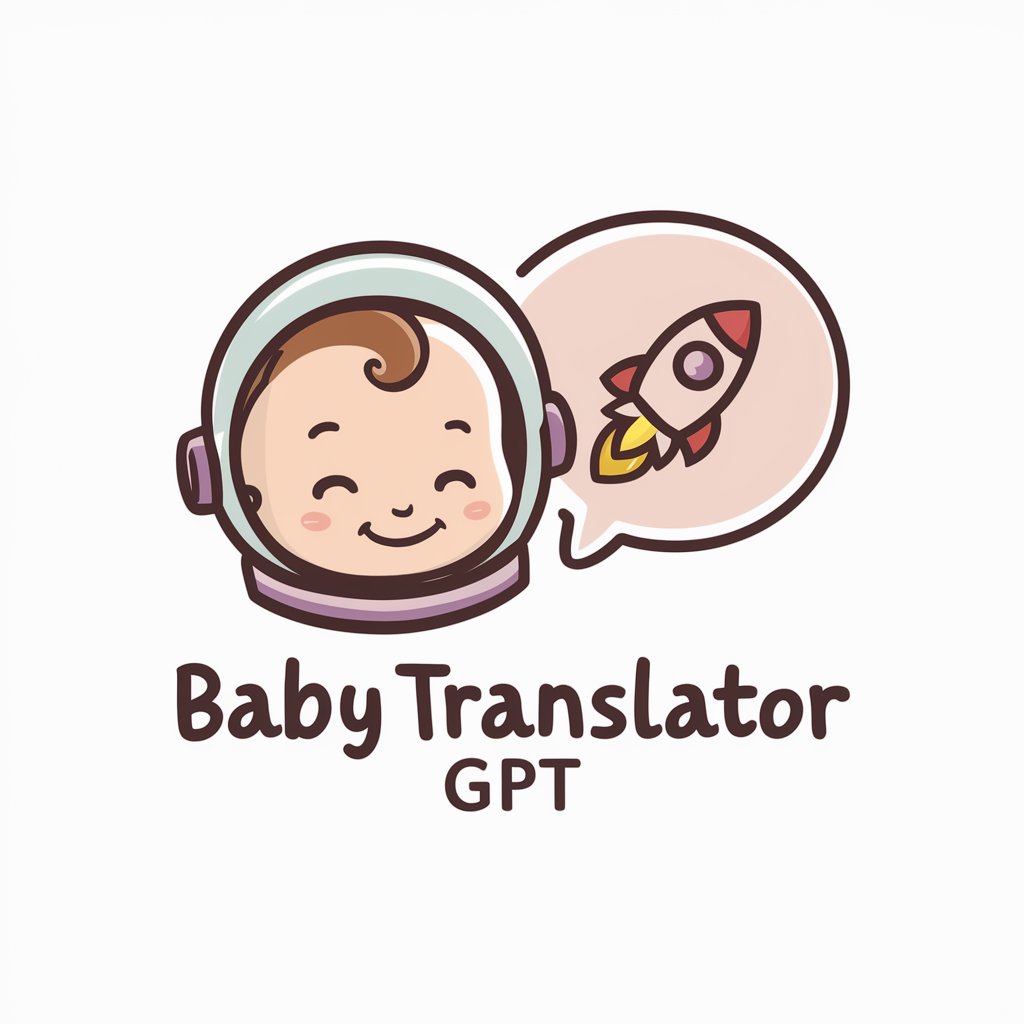
LNP GPT - mRNA delivery optimization
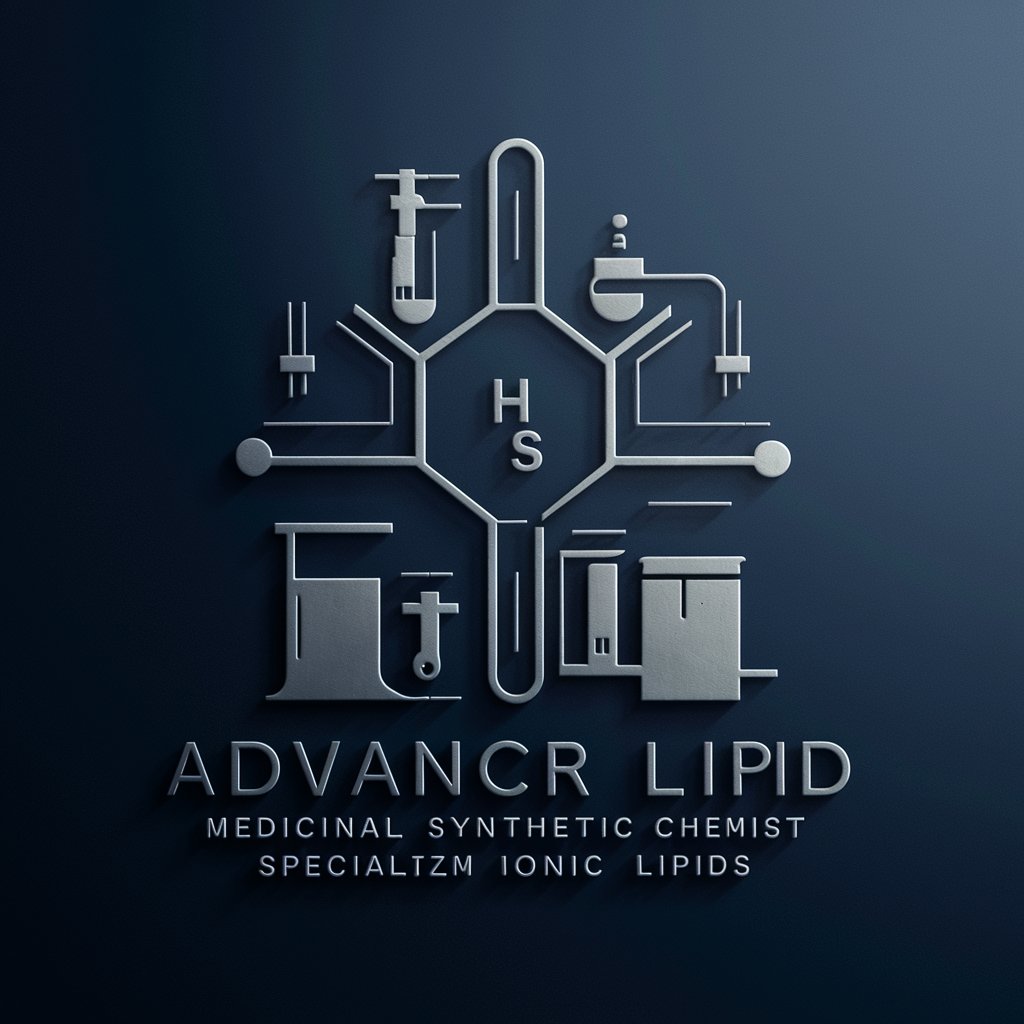
Welcome to your synthetic chemistry assistant.
Powering lipid nanoparticle innovation with AI
Explore the latest advancements in ionic lipid synthesis...
Design a novel molecule for improved lipid nanoparticle delivery...
Analyze the potential of artificial intelligence in optimizing lipid nanoparticles...
Investigate the structure-activity relationships of ionizable lipids...
Get Embed Code
Introduction to LNP GPT
LNP GPT, or Lipid Nanoparticle Generative Pre-trained Transformer, is designed to assist medicinal synthetic chemists in the domain of ionic lipids. Its primary role is to leverage the latest research and data to suggest synthetic possibilities and novel molecules for advancing lipid nanoparticle (LNP) technologies. An example of its application is in the context of mRNA vaccine development, where LNP GPT can analyze current lipid formulations and propose modifications or new lipid structures that could potentially enhance vaccine efficacy or reduce production costs. Powered by ChatGPT-4o。

Main Functions of LNP GPT
Analysis of Lipid Structures
Example
Reviewing recent publications and datasets on lipid nanoparticles, identifying trends and inefficiencies in current lipid structures used in pharmaceutical delivery systems.
Scenario
A pharmaceutical company is developing an RNA-based vaccine and needs to optimize the lipid components of their delivery system for better stability and lower toxicity.
Proposing Synthetic Pathways
Example
Using AI algorithms to predict feasible synthetic pathways for novel lipid structures that can enhance the encapsulation and delivery of nucleic acids.
Scenario
A research institution seeks to improve the delivery mechanism of their gene therapy treatment, requiring innovative lipid structures that can effectively encapsulate and protect the genetic material until its release into the target cells.
High-throughput Screening Data Analysis
Example
Analyzing large datasets from high-throughput screening of lipid nanoparticles to identify promising candidates for specific therapeutic applications.
Scenario
A biotech startup has generated a vast amount of screening data from their lipid nanoparticle library and requires advanced AI tools to rapidly identify the most effective formulations for further development.
Ideal Users of LNP GPT Services
Medicinal Chemists
Specialists in drug development, particularly those focused on the design and synthesis of lipid-based formulations for drug and gene delivery, would find LNP GPT invaluable for its ability to suggest novel lipid structures and synthetic pathways.
Biotech Companies
Startups and established companies developing mRNA vaccines or gene therapies can utilize LNP GPT to optimize their lipid nanoparticle systems, improving delivery efficiency and reducing potential toxicity.
Academic Researchers
Researchers in pharmaceutical sciences and biomaterials can use LNP GPT to explore new areas of lipid nanoparticle research, validate their hypotheses, and accelerate experimental design based on cutting-edge AI insights.

Guide to Using LNP GPT
Begin Trial
Visit yeschat.ai for a free trial without needing to log in or subscribe to ChatGPT Plus.
Choose Your Focus
Select a synthetic chemistry focus within the platform, such as the design and analysis of ionic lipids.
Input Data
Input your lipid nanoparticle data or molecular structures to analyze lipid behaviors and interactions.
Analyze Results
Utilize the tool's AI capabilities to simulate and predict outcomes of lipid interactions and effectiveness.
Iterate and Optimize
Based on the analysis, iteratively modify your lipid structures in the tool to optimize for desired properties such as lower toxicity or higher delivery efficiency.
Try other advanced and practical GPTs
Cooking Hacks
Culinary Creativity, AI-Powered

Pediatric PE Explorer
Unveiling Pediatric PE Insights with AI

Pulmonary Rehabilitation Guidance
Empowering pulmonary care with AI

Personal Proof Reader Patty
Elevate Your Writing with AI

Party Girl Patty
Revolutionize Your Party Experience

SEO article / content writer - AI Bot Patty
Crafting tailored SEO content with AI
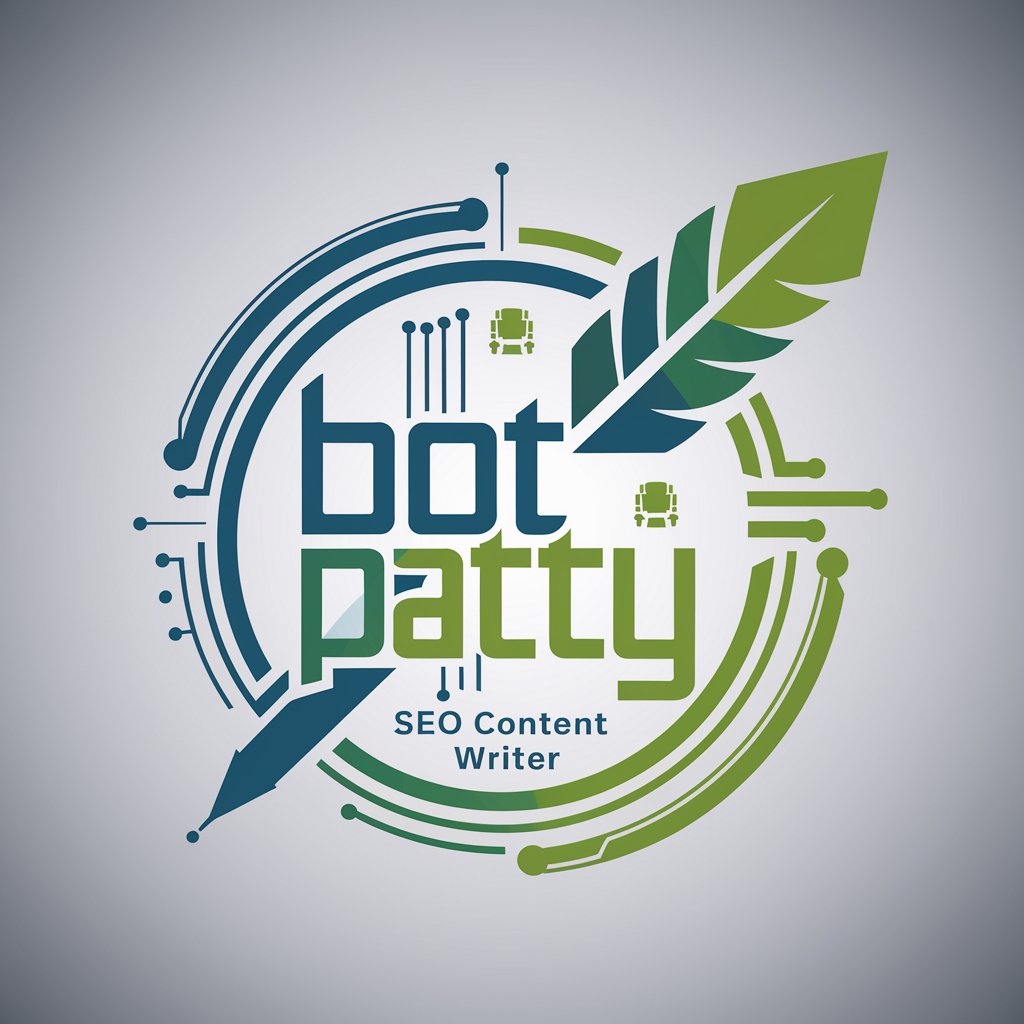
LA Lakers Fan Artist
Craft Your Lakers Legacy, AI-Enhanced

Hoops Companion
Stay ahead in the game with AI-driven NBA insights.

OPER-D
Empowering Competency with AI
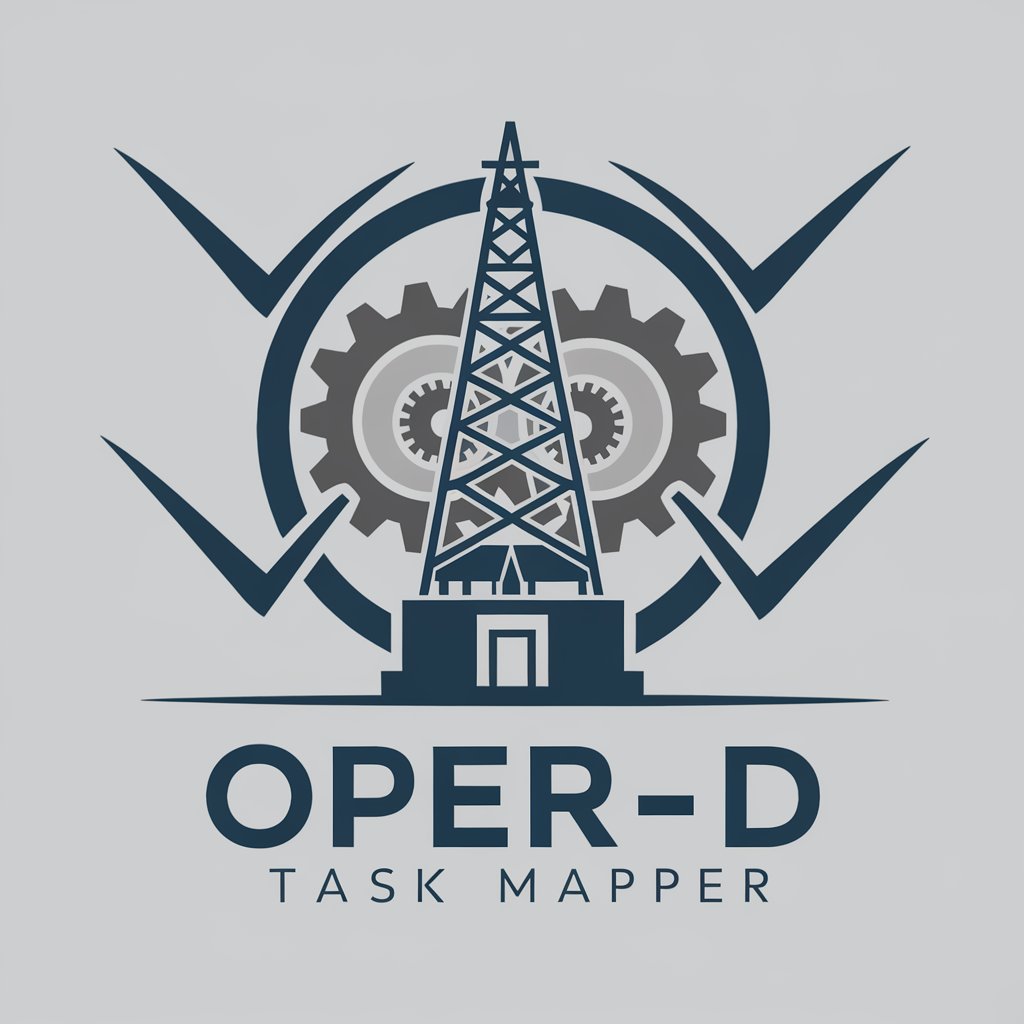
Electro Tutor
Master Electronics with AI-Powered Guidance
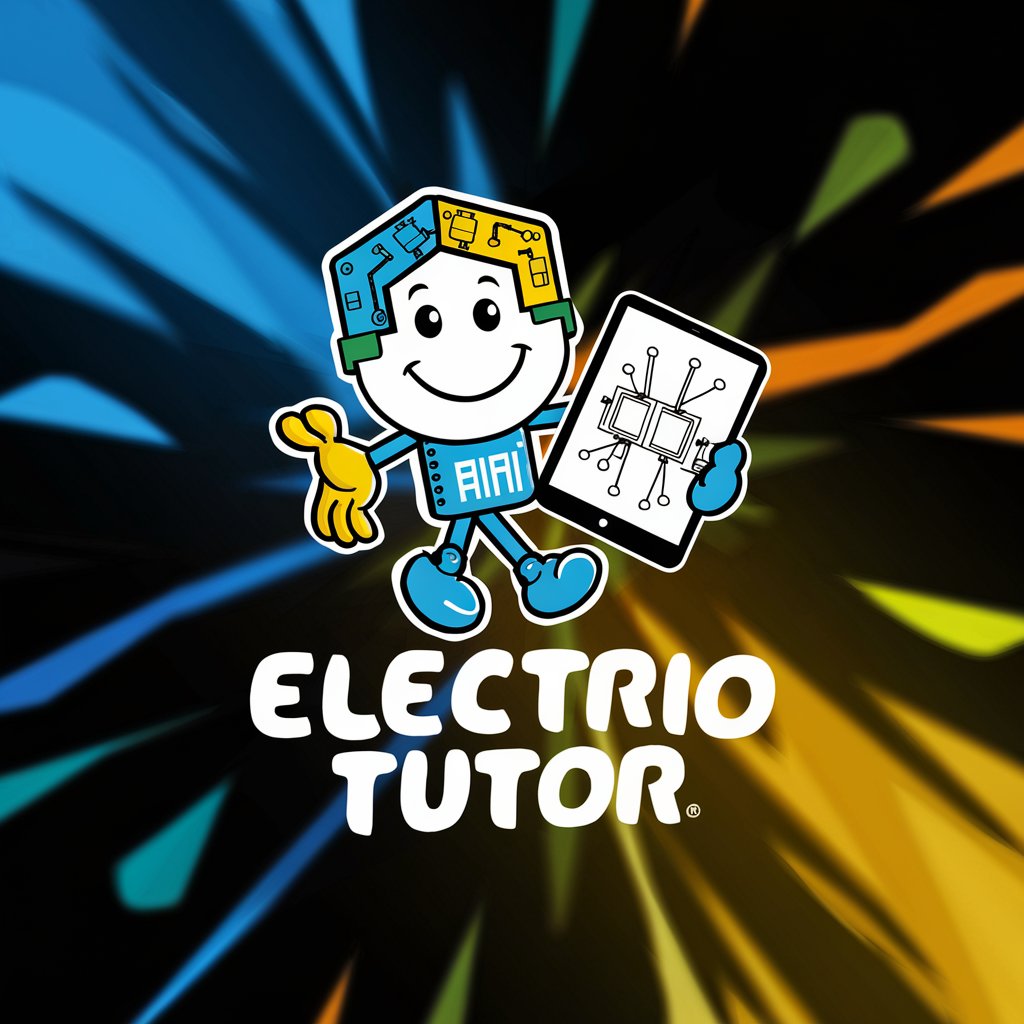
Electro Buddy
Empower Your Creativity with AI

Electro Mate
Powering Marine Engineers with AI
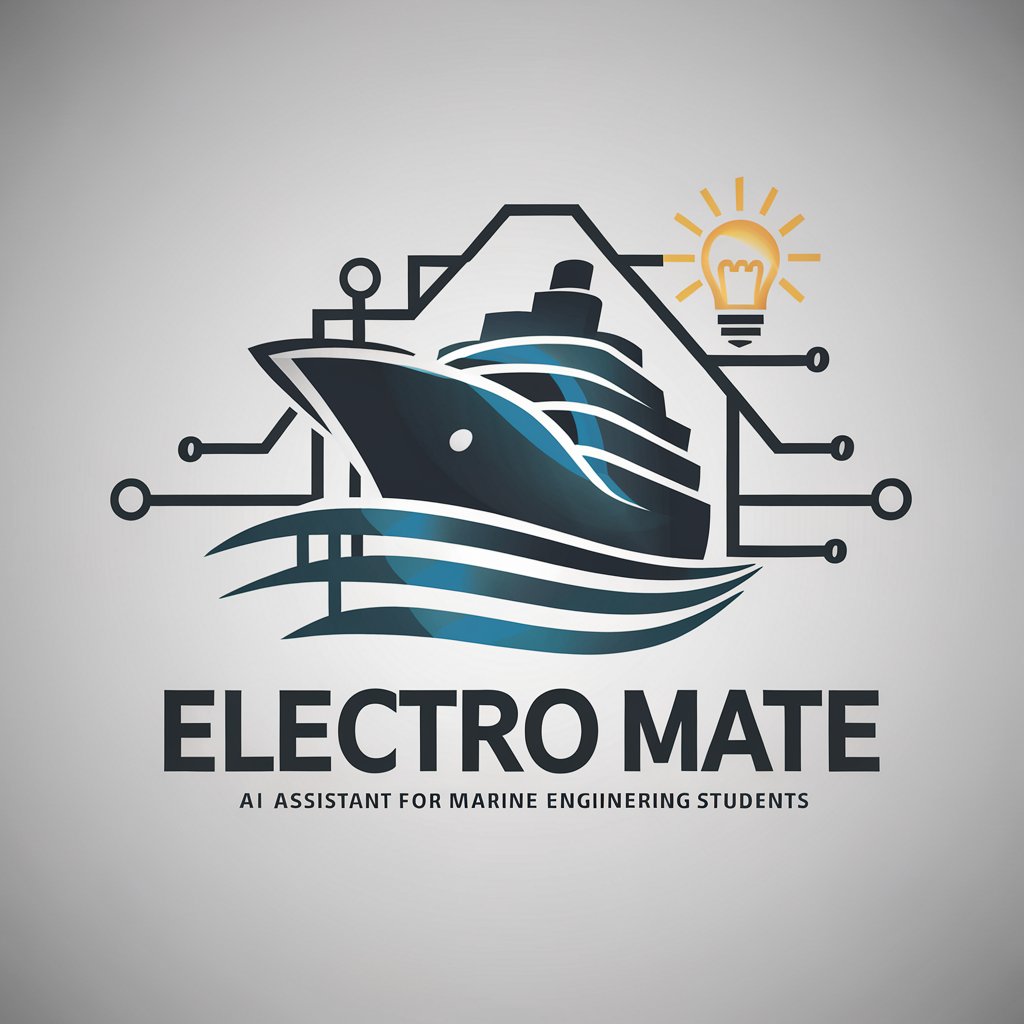
Frequently Asked Questions about LNP GPT
What is LNP GPT?
LNP GPT is an AI-driven platform tailored for synthetic chemists focusing on the design and analysis of lipid nanoparticles, particularly for mRNA delivery and gene therapy applications.
How can LNP GPT assist in lipid nanoparticle research?
LNP GPT leverages deep learning models to predict molecular interactions, optimize lipid compositions, and suggest innovative lipid structures based on user-inputted data.
What data do I need to use LNP GPT effectively?
For optimal use, provide detailed molecular structures, desired lipid properties, and any specific targets or issues such as toxicity or delivery efficiency you wish to address.
Can LNP GPT simulate in vivo lipid behavior?
Yes, it includes tools to simulate the physiological interactions of lipid nanoparticles, helping researchers understand how these particles behave in biological environments.
What makes LNP GPT unique in lipid nanoparticle research?
Its integration of advanced AI models specifically trained on lipid nanoparticles makes it uniquely capable of handling complex molecular simulations and providing actionable insights.



